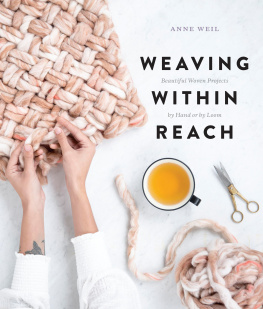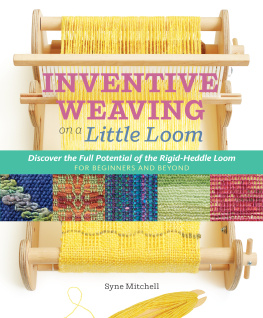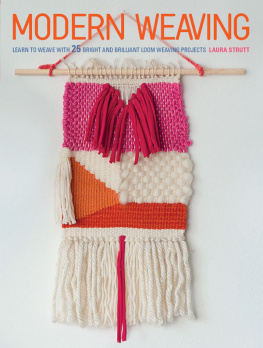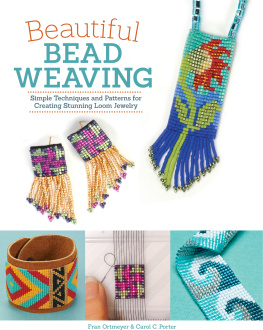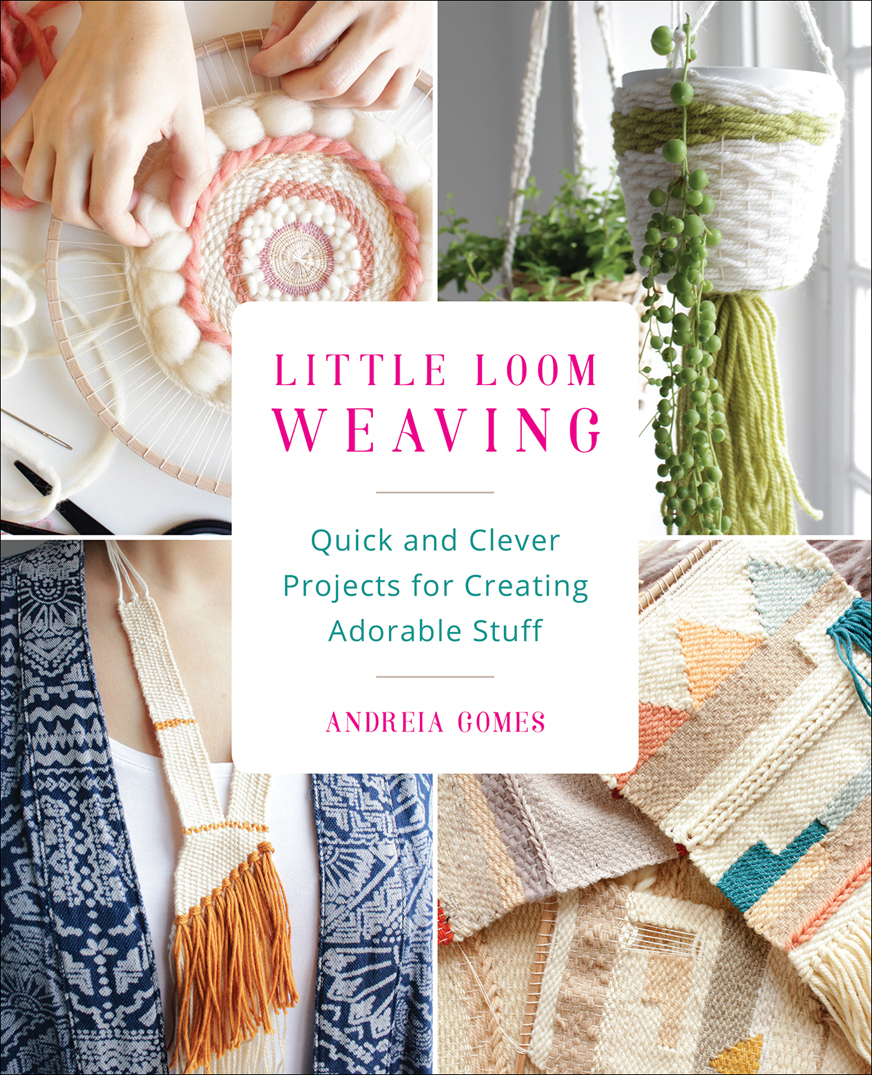
Text and photographs copyright 2017 Andreia Gomes. Design and concept copyright 2017 Ulysses Press and its licensors. All rights reserved. Any unauthorized duplication in whole or in part or dissemination of this edition by any means (including but not limited to photocopying, electronic devices, digital versions, and the Internet) will be prosecuted to the fullest extent of the law.
Published in the U.S. by
Ulysses Press
P.O. Box 3440
Berkeley, CA 94703
www.ulyssespress.com
ISBN: 978-1-61243-700-2
Acquisitions editor: Casie Vogel
Managing editor: Claire Chun
Project Editor: Shayna Keyles
Editor: Renee Rutledge
Cover design: Michelle Thompson
Interior design and layout: what!design @ whatweb.com
Artwork: Andreia Gomes except color wheel page 15 Plateresca/Shutterstock.com; author photo page 115 Pedro Pereira
Distributed by Publishers Group West
IMPORTANT NOTE TO READERS: This book is independently authored and published and no sponsorship or endorsement of this book by, and no affiliation with, any trademarked brands or other products mentioned or pictured within is claimed or suggested. All trademarks that appear in material lists, photographs, and elsewhere in this book belong to their respective owners and are used here for informational purposes only. The author and publisher encourage readers to patronize the quality brands mentioned and pictured in this book.
Contents

Table of Contents
Guide

With a background in interior design, I am naturally drawn to textiles and art. I have always appreciated the process of creating things with my own hands. Im someone who is creative and has experimented with all kinds of crafts, from sewing to macrame to upcycling. Call me a compulsive maker.
A few years ago, I discovered the world of weaving. I was intrigued by the beauty of it, and almost immediately, I wanted to learn. I started teaching myself by reading tutorials in old magazines and vintage books. My very first weave was done on a cardboard loom. It started out as a hobby, but then I realized I wanted to do it more and moreI was addicted! That was when I decided to buy my first real loom, and I have not looked back since.
Over the past few years, I have fallen in love with fiber arts, especially weaving. I enjoy the entire process of choosing fibers and colors, imagining dozens of new designs at the same time. Its amazing to be able to create what I imagine and see it take shape.
Weaving can be a relaxing and meditative process, as well as a fun and rewarding one. The time I spend on the loom is time away from my everyday problems and concerns; it helps clear my mind, and afterward, I feel a sense of peace and satisfaction.
In recent years, weaving has seen a revival as a modern craft. Artisans and crafters are bringing this ancient art back and keeping the skills and traditions alive. I see more and more people interested in this art and getting involved in the growing community of weavers.
When I started weaving, there were almost no tutorials available, so I had to learn on my own, and it took me a long time before I created a piece that I was proud of. That was one of the reasons why I wanted to write this book.
I want to share with you what Ive learned through my experience and help you start your creative journey. With this book, you will not only learn the foundational skills, but also will be able to create your own projects, making this book a source for both beginners and more advanced weavers.
This book is meant for everyone who wants to learn the fascinating art of weaving in a simple, fun, and modern way. Within these pages, I will show you the basic skills necessary to get you started on weaving.
First, Ill introduce you to the materials, tools, and types of fibers you need to recognize before you start. Then, I will guide you through the whole process, from warping your loom to finishing your piece, with a selection of basic techniques. You will learn how to create shapes and how to add texture to your piece using rya knots or loops; plus, youll find a few useful tips that Im sure will make your work easier.
I also want to inspire you to create new things by showing the diversity of what you can make with your loom. This step-by-step guide includes 15 projects, from wall hangings, pillows, and other home decor objects, to wearable items like a necklace or bracelet, to repurposed objects such as a branch or a piece of driftwood.
More than just a collection of do-it-yourself projects, this book will push you out of your comfort zone and inspire you to continue creating in your own way.
I had so much fun working on all the projects for this book, and I really hope you enjoy learning and creating your own woven objects. Have fun with the process, embrace your mistakes, and keep goingit will help you to be better next time.
There is no limit to what you can make with a simple loom, yarn, and some creativity.
Ready, set, go!
Andreia

Weaving is the art of forming a cloth by interlacing, at right angles, two distinct sets of yarn, the vertical and horizontal threads. It is one of the most ancient and fundamental arts in the world, dating from before 5,000 BC, with finger weaving, tying, and twisting being some of the first cloth-making techniques.
Weaving technology has evolved from the simple handloom, made with a basic wooden frame, to the high-tech electronic weaving machines of today. Machine weaving produces quantities of standardized material for our everyday use, but some of the finest silks, table linens, and carpets are still woven on traditional handlooms.
Cloth is usually woven on a loom, which is a device that holds the warp threads in place while the weft threads are woven through them. Several types of loom have been developed over the centuries, like the warp-weighted loom and backstrap loom (the early versions of a loom) to modern versions like the heddle loom and the flying shuttle loom that were invented in the eighteenth century.
These days, weaving has become a mechanized process; however, we can still find small weaving communities around the world making cloth on handlooms. In recent years, weaving has made a comeback as a modern craft. More and more artisans and crafters are keeping the skills and traditions alive.
In this book, I will focus on the artisanal and rustic process of handweaving, but with a modern approach.
When I started weaving, I came across many choices and had many doubts. What kind of loom is more suitable for me? Do I need a big and expensive loom to start? What tools do I really need?
It may be difficult for new weavers to know how to set priorities for what to buy, especially since weaving equipment can be expensive. A loom is only one of the things you will need. While there is a wide range of weaving equipment available, you wont need much to get started. However, knowing what is available is important, even if you dont feel the need to have it all right away.



